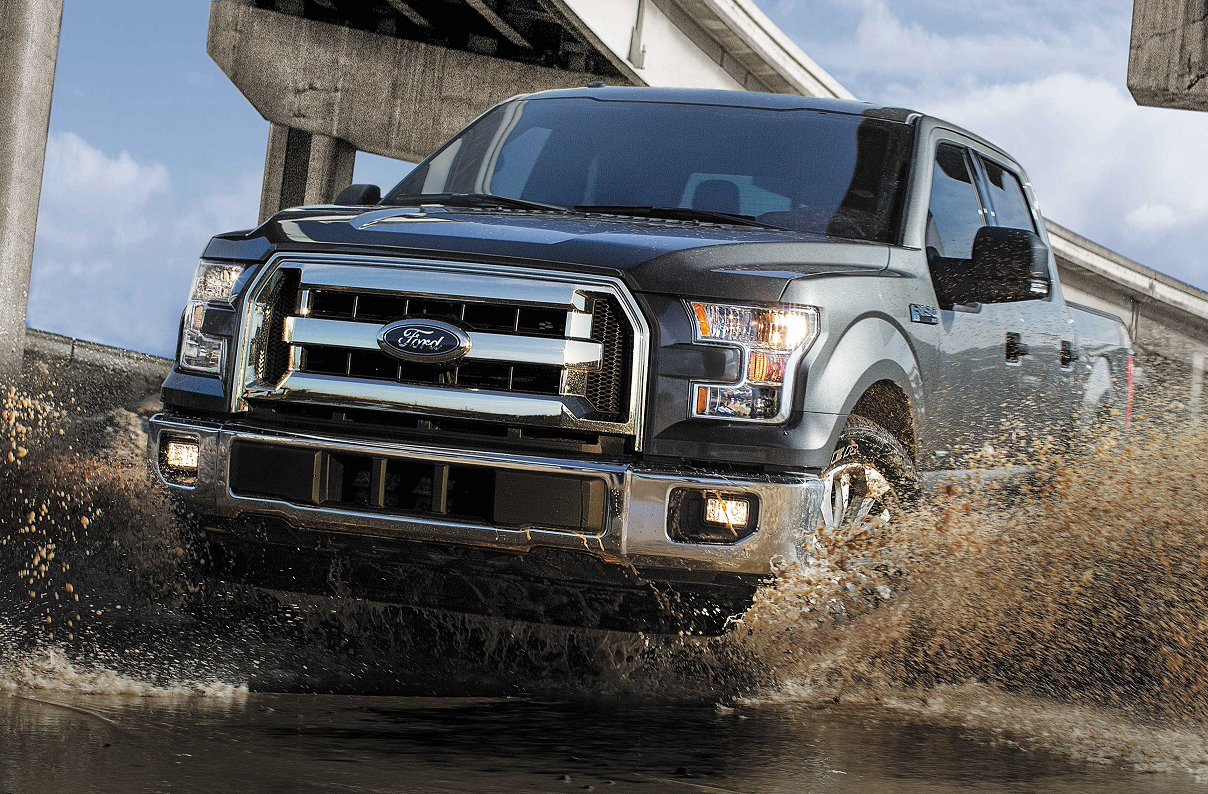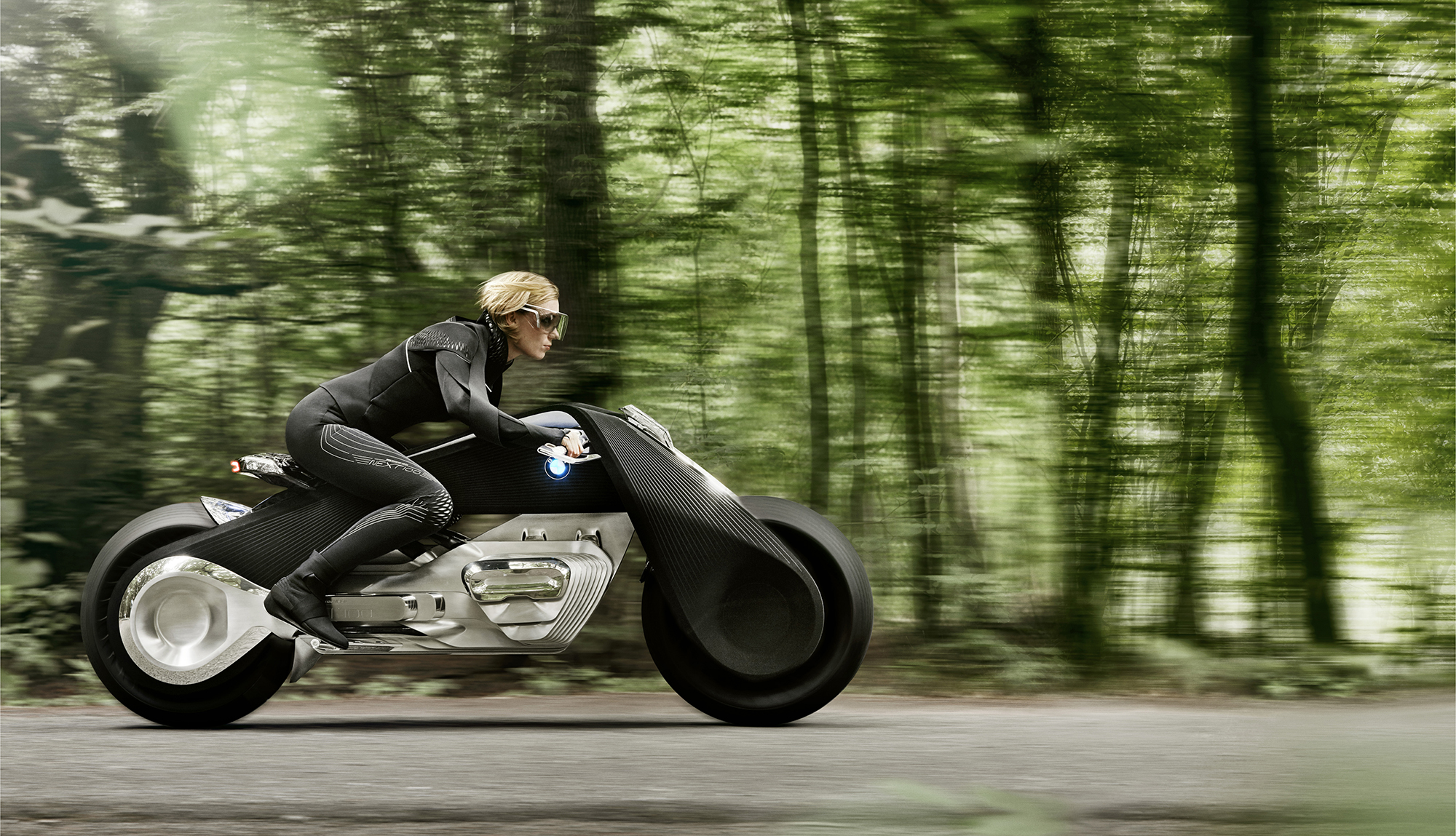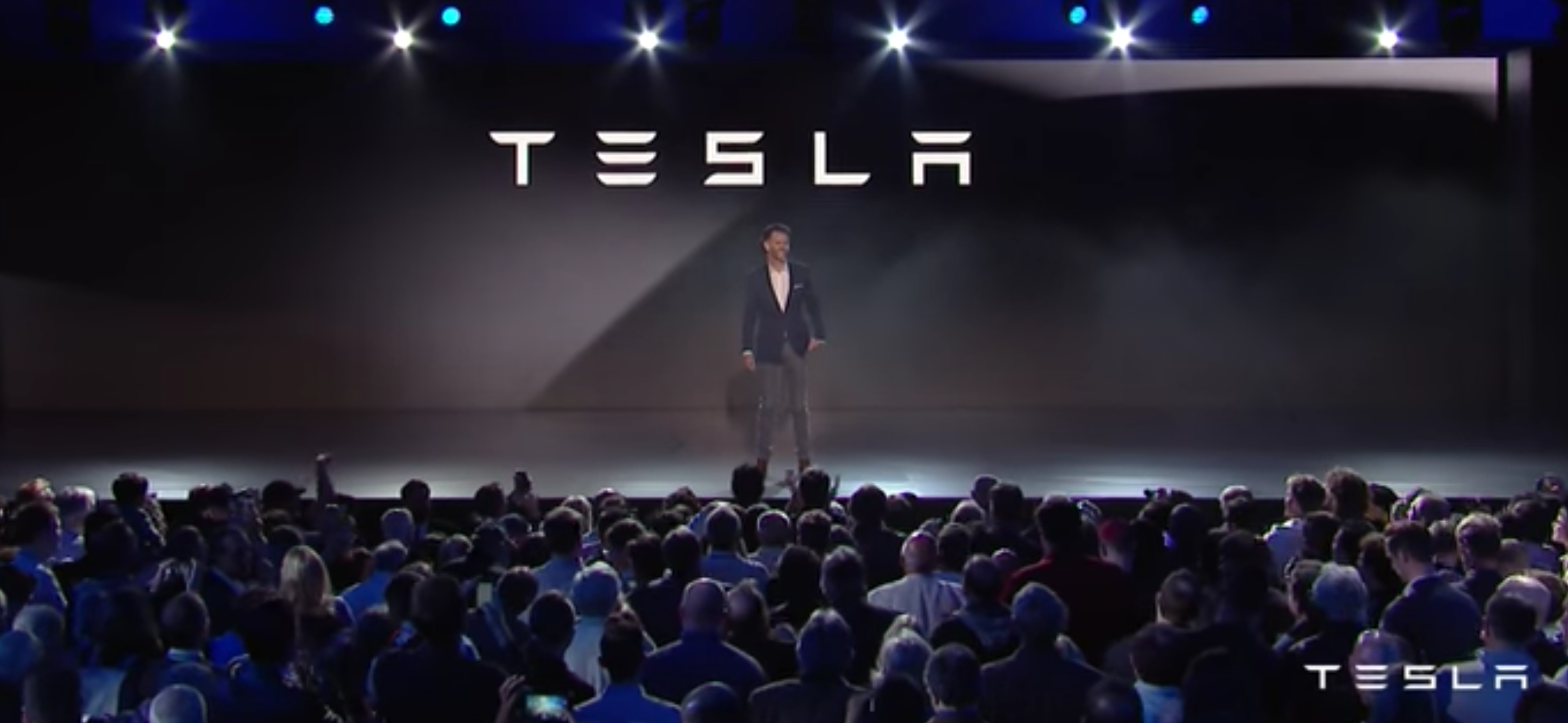Monday Musings: The Automotive Future will not be as Bleak as Bob Lutz Thinks
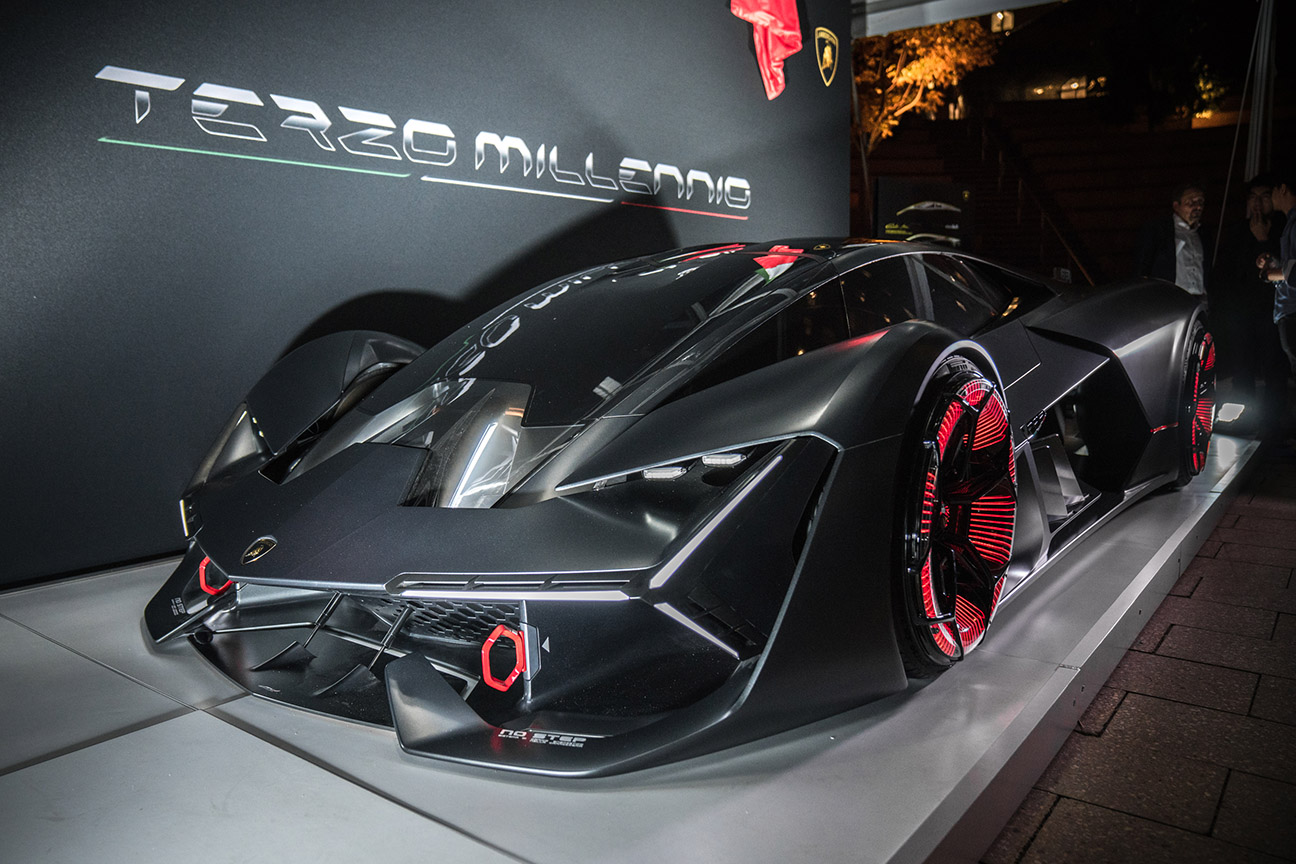
Last week, Automotive News published a thought-provoking essay by Bob Lutz about the future of personal transportation and the automotive industry. As you would expect, it has generated a lot of buzz both in and outside the business, so we thought we’d weigh in on the topic.
For those unaware, Mr. Lutz is one of the industry’s legendary figures. He is what us car enthusiasts like to call a “True Believer.” When he was leading Chrysler, he championed an overhaul of the entire Dodge/Chrysler portfolio, the radical redesign of the Ram pickup, and the development of the Viper. It’s safe to say the Hellcat would not exist were it not for Mr. Lutz. His stint at GM helped revive its flagging lineup. Cars introduced under his watch include the Cadillac CTS, Pontiac Solstice and G8, and the retro Chevy Camaro. He’s a former pilot in the U.S. Marine Corps Reserves who owns and still flies an L-38 Albatross military training jet at age 85. To say his credentials are impeccable is like saying water is wet. But that doesn’t mean he can’t be wrong. After all, he’s the guy who gave the green light to the Dodge Neon.
There’s a lot to agree with in his essay. Autonomous vehicles are coming and will make significant inroads in the next 15 to 20 years. There’s no doubt that autonomy will begin in big fleets owned by companies like Lyft, Enterprise, and others, along with the trucking industry. The technology will simply be too expensive for most private car owners. Estimates vary widely for the additional cost of autonomous technology; we’ve seen anywhere from $10,000 to $300,000 per car. Even at the low end that’s problematic since consumers say they’re willing to pay a $780 premium for full autonomy. What consumers say and what they do are often two different things, but this is a gap too wide to ignore.
Big fleets are the only way to make the cost of this technology affordable by increasing the amount of time a car spends on the road thus amortizing the extra cost over more miles. Currently, the average car is used 4% of the time. We drive to work, park, drive home, and park. We take the occasional trip to the grocery store, school soccer tournament, and some of us even still take joy rides. If, through shared ownership and ride-sharing services, usage gets as high as 80% then we’re onto something. This will only happen with big fleets, and it will only happen in densely populated areas where there are enough people to share the cars efficiently and effectively.
We are creatures who seek independence and crave convenience. The automobile gives us both – the cost of which is not insubstantial, but still every day people choose to commute into urban centers around country in private cars spending an average of over 200 hours a year in traffic. High-speed trains, buses, light rail, Lyfts, taxis, and other options are available but each has its compromise and some level of inconvenience. If there’s one thing that history has proven, it’s that Americans hate compromise and inconvenience. Private, autonomous vehicles will reduce commute times and turn it into productive time, however, shared cars can’t take up all the slack if everyone who drives a private car today is forced to give theirs up.
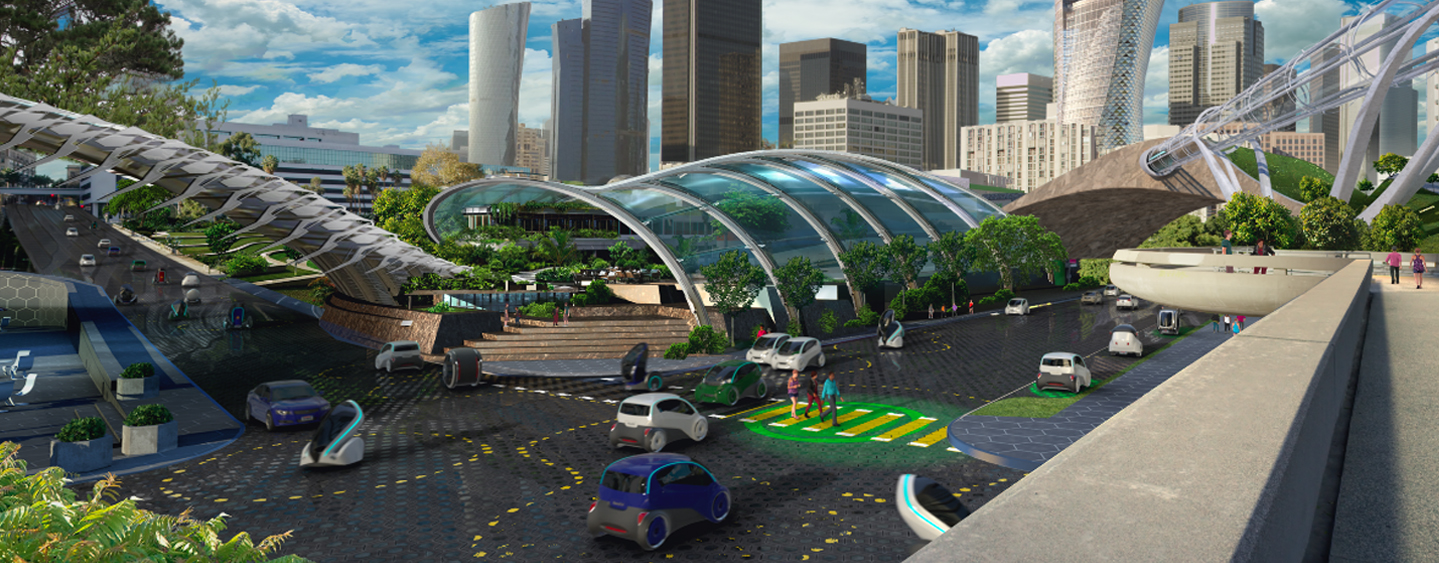
Megacities like New York, Chicago, LA, San Francisco, and others will be quick to adopt multi-mode transportation strategies that include a mix of modern rail (both high-speed and light), large bus, shuttles, autonomous car sharing services, improved bike and walking paths, and private cars. Undoubtedly these cities will adopt fully autonomous zones where driving will be banned. This will help ease congestion and allow for priority routing of emergency vehicles. The only challenge with autonomous fleets will be ensuring enough capacity for rush hour. Unless we completely change the way we work implementing remote office and flextime strategies, however, we will still have huge surges in traffic and autonomous vehicle use from six to nine A.M. and four to seven P.M. Creating fleets big enough to handle the surge will leave a lot of vehicles idle during non-peak hours.
The real challenge for the implementation of autonomous vehicles owned by ride-sharing fleets, however, will come in suburban and rural areas. Common sense makes it pretty clear that farm and work vehicles for industries like construction are going to be very difficult to automate and share. Pickup trucks will be electrified as soon as battery technology improves because of the superior torque produced by electric motors, but programming your pickup to attach to a six-horse trailer and haul it over an unmapped dirt two-track to the back forty seems like a tougher nut to crack.
Suburban living was created by independent vehicle ownership. The convenience of going where you want without planning can’t be replicated by car services. Having to wait even five minutes for your autonomous Lyft changes the equation. What if the services are particularly busy? People won’t be happy if they have to wait 30 minutes or more for a ride, missing an appointment with their doctor or a business meeting. The only way autonomous technology can gain widespread adoption in rural and suburban areas is if it’s affordable enough for private ownership by middle-class Americans. Then there’s the challenge of those living in poverty in these areas. Public transportation is already inadequate and nobody’s rushing to fill in the gaps for people who can’t afford to pay for services these days. A lot of people will be left behind in Mr. Lutz’s vision of the autonomous revolution.
As for who will own the autonomous future – tech companies, fleet companies, or car companies – that is yet to be decided. Each have their strengths and weaknesses. In the mobile phone analogy, Mr. Lutz sees car companies as the handset manufacturers and fleet companies as the networks. The value in the smartphone industry really exists in the ability of a company to capture and monetize data. If that’s the case, car companies are still in a good position. BMW has already implemented cloud-based data services that offer a tremendous amount of value to both owners, service providers, and retailers. OnStar tracks every GM car on the road whether it’s activated by the user or not. Unless the car companies are willing to give up access to that data, the fleets will have a tough time monetizing it.
Finally, let’s talk about brand, performance, and design. In his version of the future, the brand of vehicle you drive won’t matter. The service you sign up for will. You’ll call a Lyft or an Uber or an Enterprise or a company that hasn’t been founded yet and be taken to your destination along a prescribed route at a predetermined speed. Even if that does become the law of the land, that doesn’t mean that all vehicles will be identical. We already have speed limits and traffic laws that restrict the ability of people to use the performance of their Corvette, McLaren, and Ferrari. Sure we occasionally let them loose and break the law, but those instances are few and far between. We mostly drive our performance cars within legal limits and if we really want to wring them out, we can take them to a private track like the ones Bob mentioned, Autobahn Country Club and Monticello Motor Club. If you can afford a high-performance car in the future that can operate both autonomously or with you behind the wheel, and you enjoy driving, that option will still be available to you.
The same is true for luxury. Not everyone will want to ride in a generic Google Bean Pod. Those who can afford it will sign up for luxury car services like Book by Cadillac, which recently expanded to LA, where they’ll have access to cars that pamper them even if they can’t drive them. Even Rolls-Royce is planning for this eventuality with their Vision Next 100 concept. Car brands won’t be going away anytime soon because people will still want to express and reward themselves as they do today.
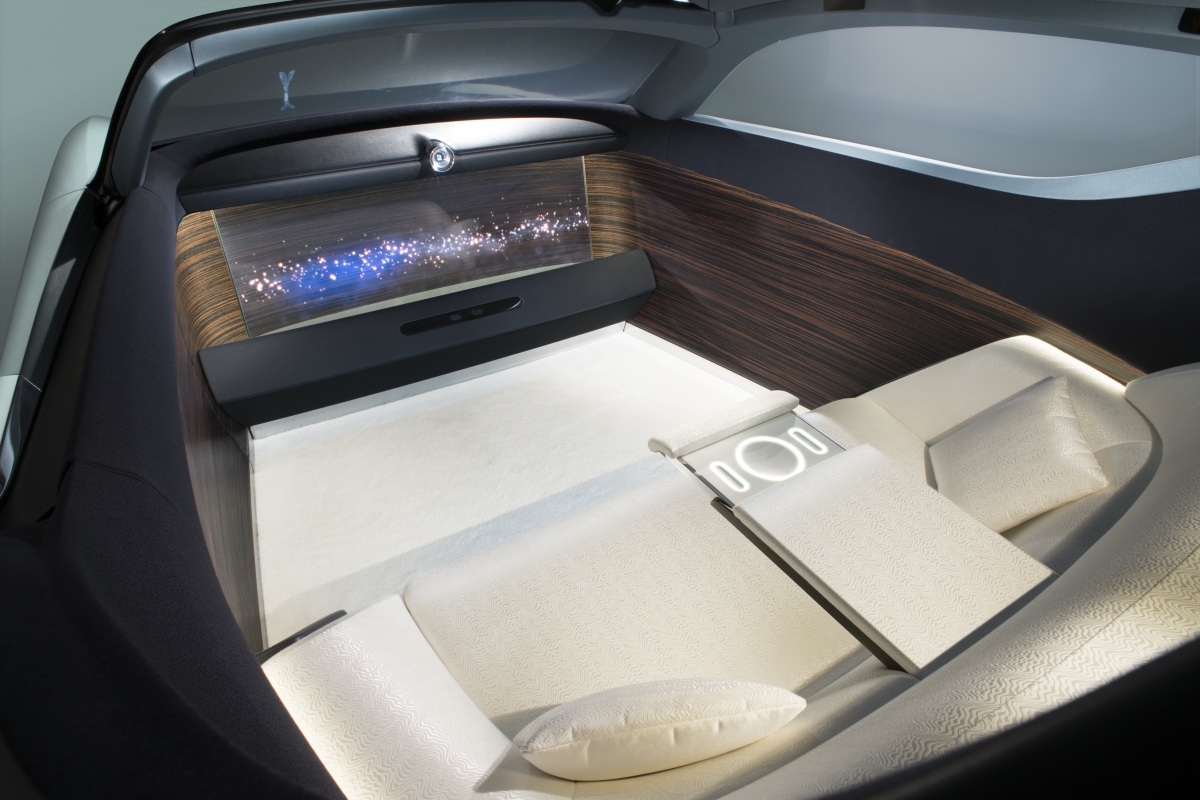
Will the car business be very different 20 years from now? Absolutely. Will electrified, autonomous vehicles roam silently and accident-free on our city streets? Without a doubt. Will cars in the future be joyless, anonymous, self-driving transportation devices? Not as long as people are people and capitalism demands that companies have to differentiate or die.
The automobile is dead. Long live the automobile.

